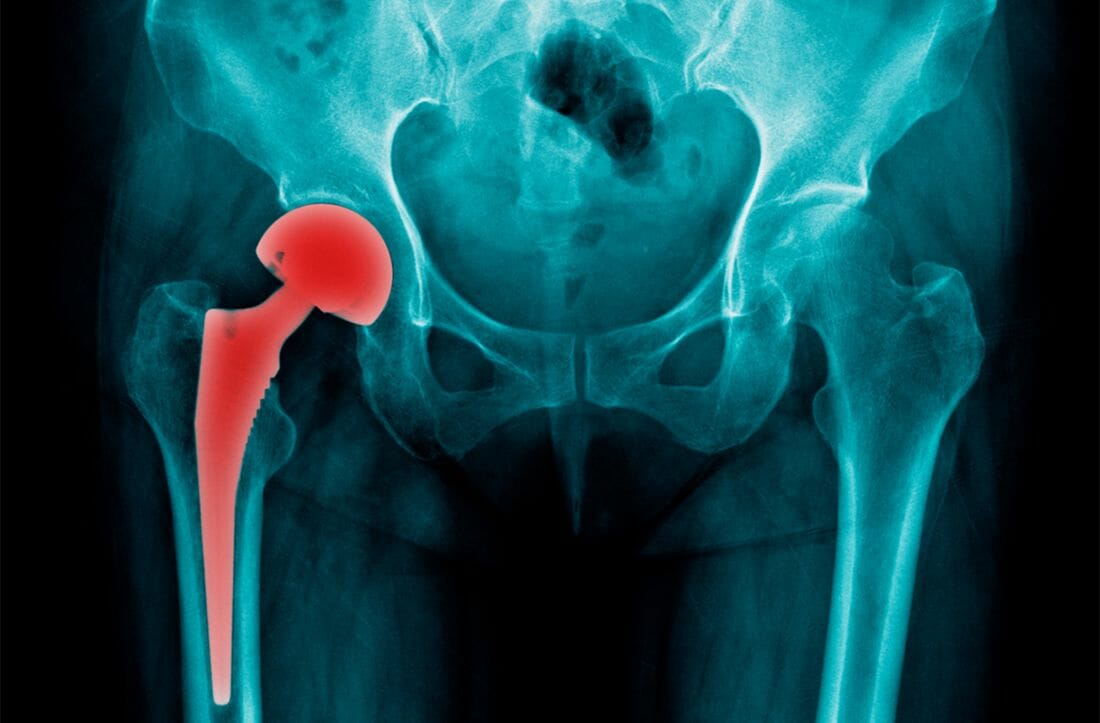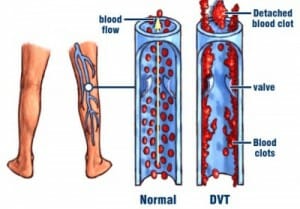Many times what we perceive as an error or a failure is actually a gift… or a GIRFT…?
The Getting it Right First Time programme, or “GIRFT” is a national programme designed to consider NHS litigation data, along with surgeon working practices and thereafter, implement standards across NHS Trusts to improve patient care and promote best practice.
Getting it Right First Time (GIRFT)
On 26 July 2019, GIRFT released guidance directed at NHS Trusts, primarily Hip and Knee surgeons, as to the best practice on technique and documenting orthopaedic surgical procedures to ensure this group of surgeons “Learns from claims” both previous and ongoing.
Part of the aim of this new guidance is to reduce litigation costs across the NHS. In 2018, the NHS Resolution Advisory Report provided data that showed Orthopaedic surgery accounted for the second largest proportion of medical negligence claims.
Patients place huge trust in both the manufacturers of the medical devices used in surgery and the surgeon performing their operation. They rely on manufacturers to produce devices that will potentially lead to an improvement in their quality of life and that have been tested, rated and approved for use.
They rely on their surgeons to use the correct operating technique, to make decisions in their best interests and to provide transparency when advising before and after surgery.
GIRFT Recommendations
The GIRFT guidance makes some interesting recommendations:
- A record of implant selection and rationale for the implant choice should be documented at the time of consenting the patient for surgery;
- During the procedure, to document the position of the component, any unusual anatomy of the patient and steps taken to protect key critical structures of the body, e.g. the sciatic nerve;
- The choice of implant used should be based on the evidence available from a variety of registry sources, the NJR, SHAH, AOANJRR, ODEP rating and medical literature;
- In all circumstances, the surgeon should be aware of the instructions for use of the implant and the technique manual produced by the manufacturer;
- It is the surgeon’s personal responsibility to ensure that the components implanted are compatible and used in line with the manufacturer’s instructions;
- Justification from deviating from the manufacturer’s guidance must be recorded.
As a patient, the nature of the guidance is worrying. Do our surgeons need to be reminded, by way of formal guidance from their Association body, that devices implanted into the body should be used as directed by the manufacturer? That they should not be using devices that do not have a track record or have not been rated for use? It would seem so.
Tamlin Bolton, solicitor at Pryers representing a number of claimants for injuries following hip surgery said “It’s a relief to see guidance like this published and disseminated across the NHS. Having acted for several patients left devastated following a hip replacement, all we want is for their best interests to be protected and for each patient to have as positive, successful an outcome from surgery as possible.”
Pryers’ Experience
Pryers have acted successfully for a large number of patients pursuing claims against both surgeons and manufacturers for injuries suffered following hip replacement. If you or someone you know has concerns following hip replacement surgery, speak to our team to see how we can help on 1904556600, or email us.





